The plants of the year for 2012 seem to be hard-working lunch-pail types — plants that will get the job done, but won’t cause you to stand back in awe.
The Cary Awards, Perennial Plant Association, All-America Selections and All-American Rose Selections come out with plant recommendations every year. This year, it looks like all four groups decided that they weren’t going to take any chances. These plants will thrive and look good, but people driving by aren’t going to stop their cars and stare.
The Cary Award winners this year are the Knock Out Rose and Adam’s Needle, or Yucca filamentosa.
The Knock Out Rose is an outstanding plant, don’t get me wrong. But the first Knock Out came out in 2000, won the All-America Rose Selection award that year, and has been selling wonderfully ever since.
There now are seven different varieties of Knock Out Rose — the original red-pink single rose; Double Knock Out, pink; Pink Knock Out, a paler single pink; Rainbow Knock Out, with coral petals and a yellow center; Blushing Knock Out, with pale pink flowers that fade to white; and Sunny Knock Out, which starts yellow and fades to cream.
These are wonderfully disease-resistant 4-foot, sure-to-bloom roses, but it just seems as though everybody already has discovered them.
The yucca is a small evergreen sub-shrub that produces 7-foot flower spikes in June and July. Although it is hardy to Zone 4, which includes most of Maine, it looks like a spiky desert plant. The yucca your grandmother grew had gone out of favor until a few years ago, when varieties with variegated leaves started appearing.
Varieties that the Cary Award mentions specifically include ColorGuard, which has a brilliant yellow center and “whose sword-like leaves are tinged with red and gold in winter,” and Gold Edge, whose leaves are rimmed with gold. All of the yuccas have wiry threads at the leaf edges, which is where the name filamentosa comes from.
Yuccas perform best in full sun, but can stand about four hours of shade each day.
The Perennial Plant Association picks one plant as Plant of the Year, and this year, it’s Brunnera macrophylla Jack Frost. Brunnera is sometimes called false forget-me-not, because its baby blue spring flowers resemble those of forget-me-nots, Myosotis scorpiodes, which is a self-seeding annual.
The Jack Frost variety is noted for its larger silvery white leaves with green veins and a green rim on the edges, which gives it some interest after the flowers have gone by. It grows 12 to 15 inches tall and is hardy to Zone 3, which covers all of Maine.
Brunnera thrives in shady areas with plenty of moisture, but will stand a few hours of morning sun. It can be used in the front of shade borders, mixed with hostas or ferns or used in a container. And it has the added attraction of being resistant to deer.
All-American Selections picked four plants to recommend this year.
The bedding plant winner is Salvia Summer Jewel Pink, sister to the previous winner Summer Jewel Red. It is a compact plant, with a high bloom count and will bloom earlier than most salvias. And the pink will attract hummingbirds.
The AAS flower winner is the ornamental pepper Black Olive, which AAS describes as being “a standout, especially in Southern gardens where heat was a major presence during the 2011 trials.” Maybe I’m being negative, but to me that translates to “not so good in Northern gardens.” Anyway, it has purple foliage and purple blooms, with fruits that move from green to red as the season progresses.
Pepper Cayennetta F1 is one of the two AAS vegetable winners. It is a tasty, mildly spicy chili pepper that is easy to grow even for novice gardeners, producing bigger than normal fruits from an upright plant. Since it requires no staking, it will be good as a patio plant. It has good tolerance to cold, and the dense foliage protects fruits from sun scald. With all of this, it sounds like it could be pretty good for Maine gardeners.
Watermelon Faerie F1 is unusual in that it bears fruit with yellow skin with thin stripes that yields a sweet pink flesh with high sugar content and a crisp texture. The 7- to 8-inch fruit weigh only 4 to 6 pounds, so you can cut it open when you don’t have hordes of company. And the vines run only 11 feet in the garden, so it does not take up much room.
Finally, All-America Rose Selection this year is Sunshine Daydream, a yellow Grandiflora rose with cupcake-like petals and glossy dark-green foliage. It is highly resistant to diseases and has a round, bushy form that will work well in the landscape, not just a rose bed, and will bloom from spring until early frost.
Like the Knock Outs, which were the AARS winner in 2000 and the AAS winner this year, Sunshine Daydream was introduced by Conard-Pyle, one of the major companies for introducing new roses.
Of all of these plants, only three tempt me. We already have planted Knock Outs, so there is nothing I want to try there. But the Faerie watermelon might lead me back to my earlier success in growing watermelons. The Cayenetta pepper might be good in a pot on our patio. And if we could find a sunny enough spot and what is becoming a shade garden, I might try the yucca.
But you can read about these winners, and adopt the ones that will work well for you.
Tom Atwell has been writing the Maine Gardener column since 2004. He can be contacted at 767-2297 or at:
tomatwell@me.com
Send questions/comments to the editors.

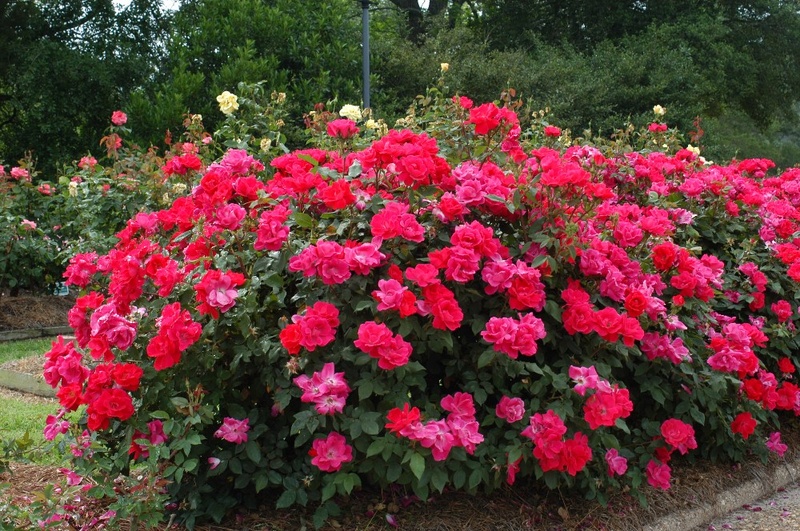
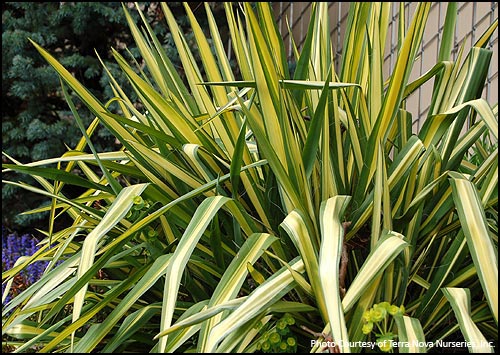
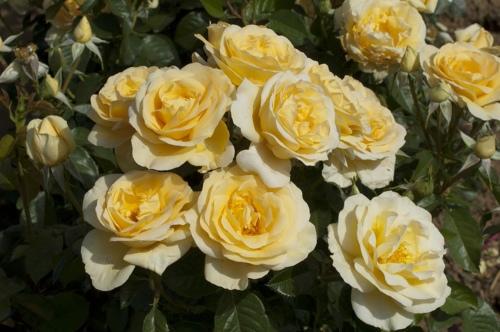
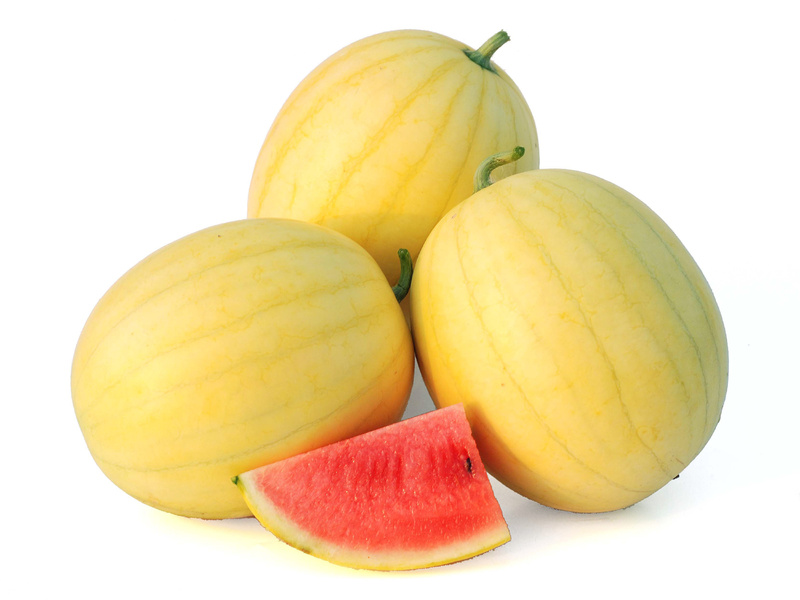
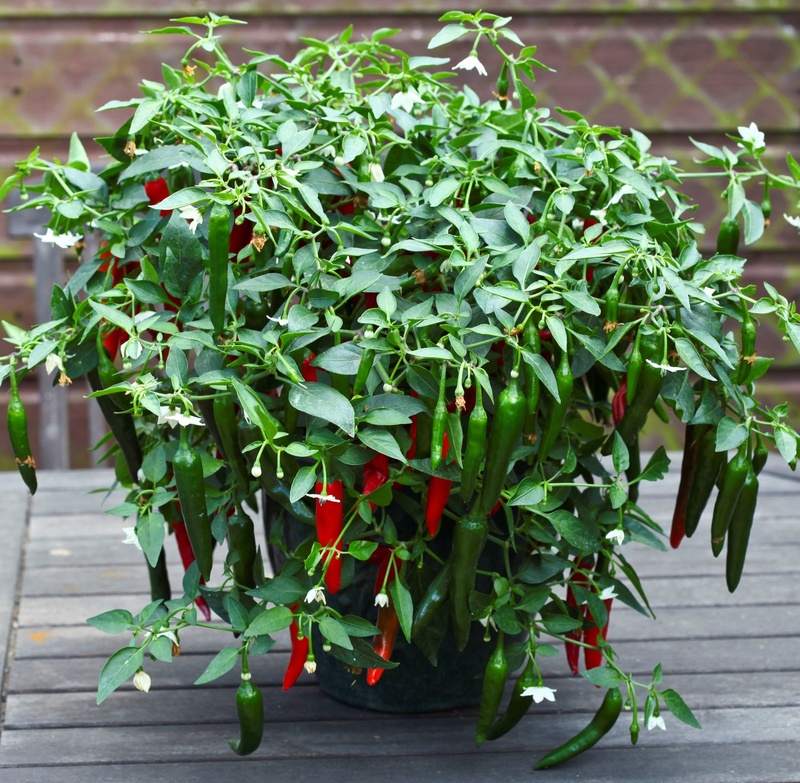
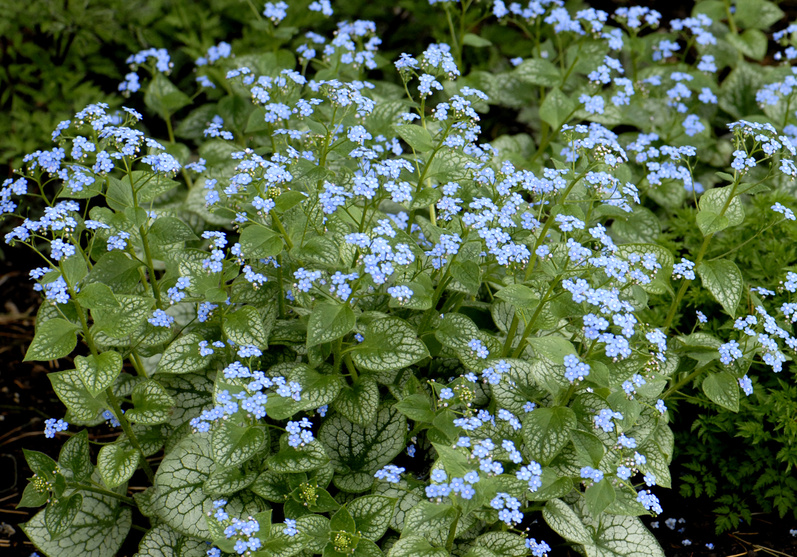

Success. Please wait for the page to reload. If the page does not reload within 5 seconds, please refresh the page.
Enter your email and password to access comments.
Hi, to comment on stories you must . This profile is in addition to your subscription and website login.
Already have a commenting profile? .
Invalid username/password.
Please check your email to confirm and complete your registration.
Only subscribers are eligible to post comments. Please subscribe or login first for digital access. Here’s why.
Use the form below to reset your password. When you've submitted your account email, we will send an email with a reset code.